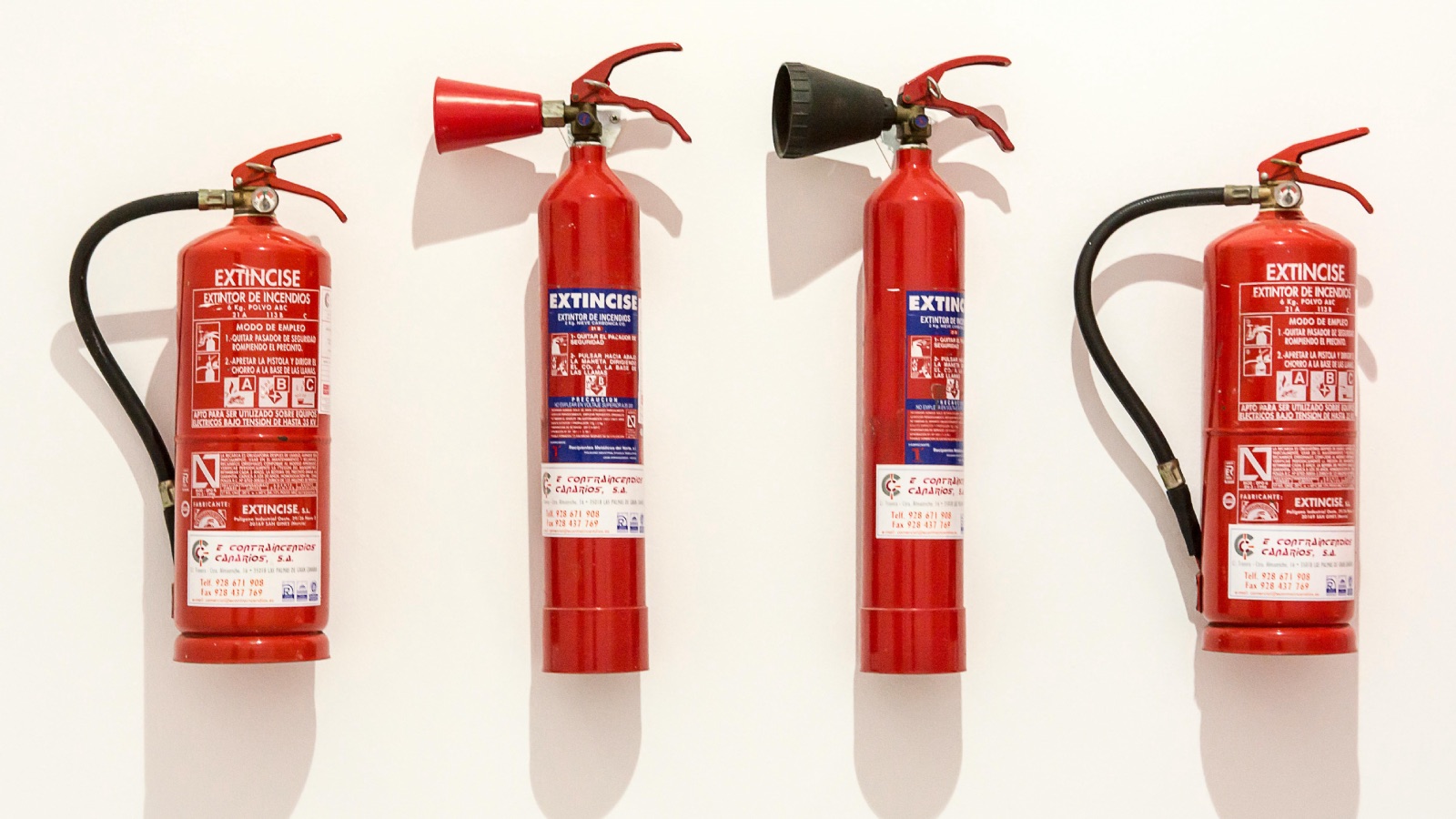For hedge funds to comply with T+1, automation across middle- and back-office operations is critical, writes Val Wotton, managing director and general manager of Institutional Trade Processing at DTCC. Unfortunately, post trade is where technology investment has traditionally taken a backseat. The good news is that solutions already exist.
Compared to front-office processing speeds, which could be in milliseconds, some middle- and back-office processes remain manual to this day. In an opinion piece on AlphaWeek, Val Wotton suggests that firms should “pay particular attention to middle- and back-office processes supporting the post-trade lifecycle, namely allocations, confirmations, and affirmations”. He believes that compliance with T+1 would be most easily achieved by automating processes for matching and confirmation. Market participants should thus invest in automated central matching solutions with standing settlement instructions and same day affirmation.
Work to be done
Hedge funds that are Registered Investment Advisers (RIAs) with the Securities and Exchange Commission (SEC) have an additional record keeping obligation, which requires them to record the date and time stamps of transactions. For these entities, post-trade automation would be “even more imperative”, says Val Wotton.
He suggests that the first step in managing the transition is for hedge funds to understand the post-trade capabilities of their brokers. This will enable firms to determine the automated solutions they need to acquire in order to achieve the efficiency to meet T+1 requirements.
Val Wotton concludes that whether a hedge fund is an RIA or not, “post-trade automation will be the most effective route” to fulfilling T+1 obligations.












